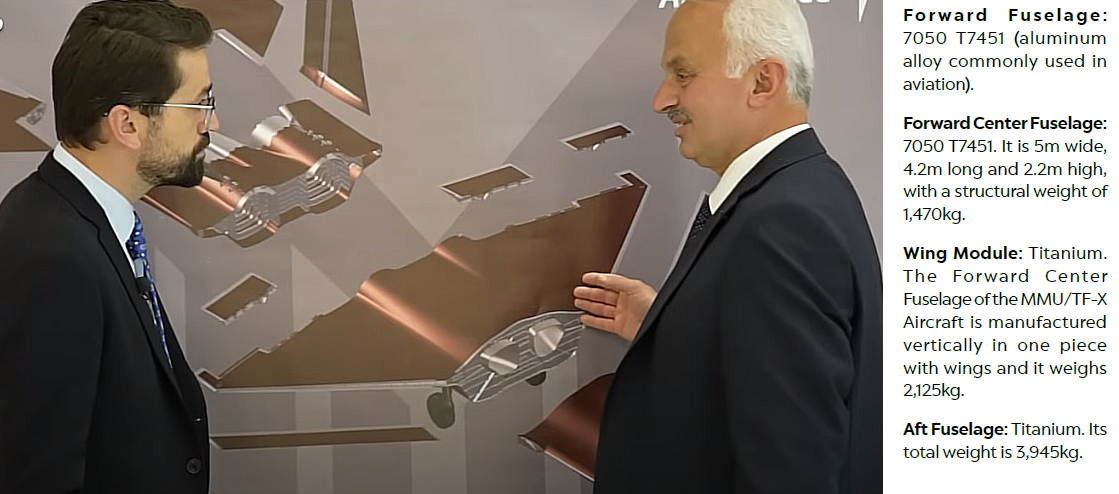Ibrahim Sunnetci
DEFENCE TURKEY Magazine Chief Writer
Canada's Ambassador to Turkey, Georgia and Azerbaijan,
Kevin HAMILTON, in a post on his social media account
Twitter today, shared that the aircraft with tail number 9871 and
TC-SJC is one of the 4 aircraft (9854, 9855, 9869 and 9871)
purchased from the Canadian Bombardier company within
the scope of the HAVA SOJ Program. He shared an image
of the registered Bombardier Global 6000 Business Jet taken
at TAI facilities. TAI also purchased a second-hand
Bombardier Global 6000 Business Jet, which was factory-made in
2015 and had flown in the USA with the N10HD tail registration,
in 2023 to modify it for Test Bed (KAAN MMU/TF-X
Programme). ASELSAN completed the Factory Acceptance
Tests (FAT) of the mission system to be installed on the first HAVA
SOJ Aircraft (Bombardier Global 6000 Business Jet with
tail number 9854) in December 2023, and the certification
procedures were expected to be completed as of
February 4. After the certification procedures are completed,
HAVA SOJ Mission System consoles and electronic equipment
will begin to be installed on the first aircraft. ASELSAN aims
to complete the FAT process of the mission systems and
payloads to be used in the 2nd and 3rd HAVA SOJ Aircraft by
the end of 2024. According to the information I have
obtained, a change will be made only regarding the new
generation MİLSİS ELINT Pod, which will be carried
under the wing on HAVA SOJ Aircraft. Completion of
deliveries under the HAVA SOJ Project by 2028
targeted.


















